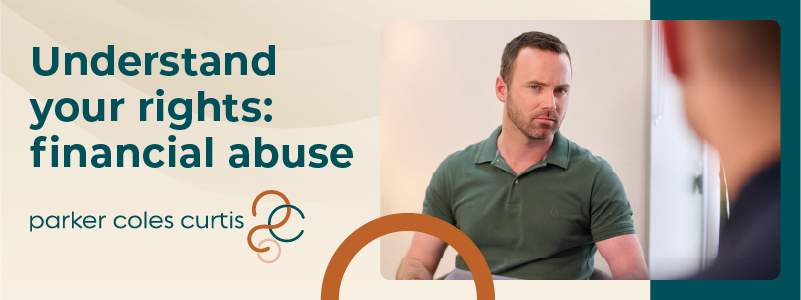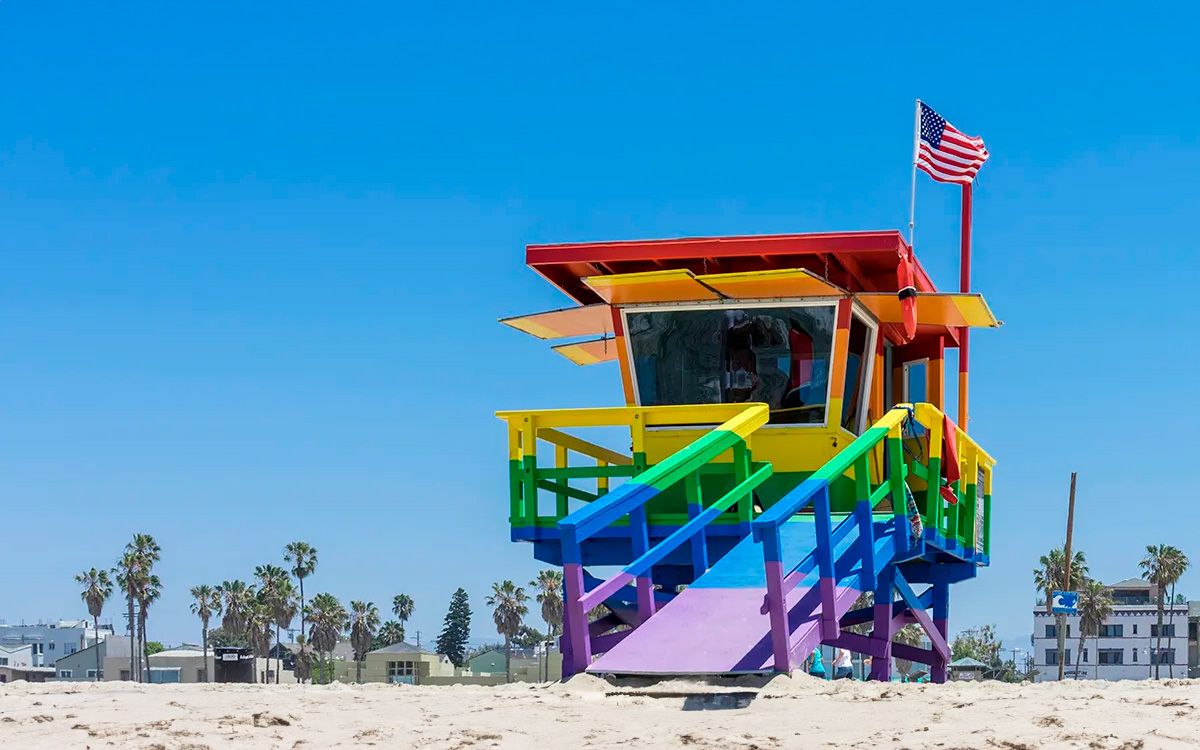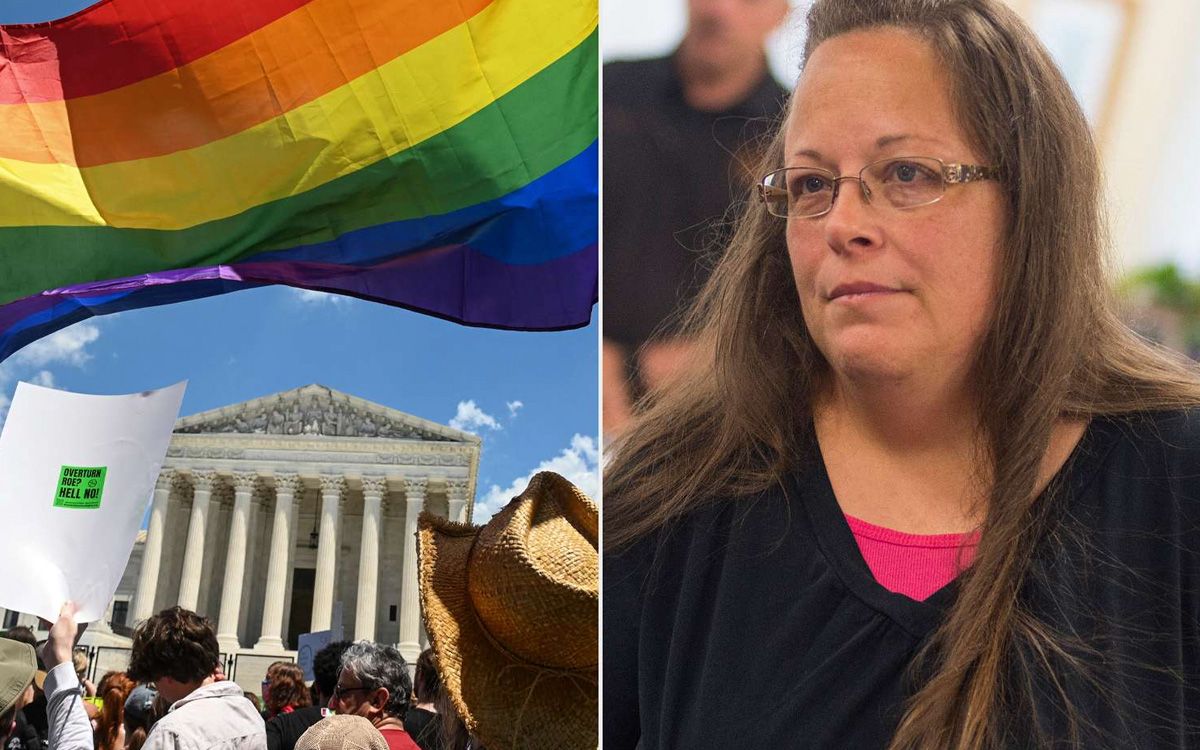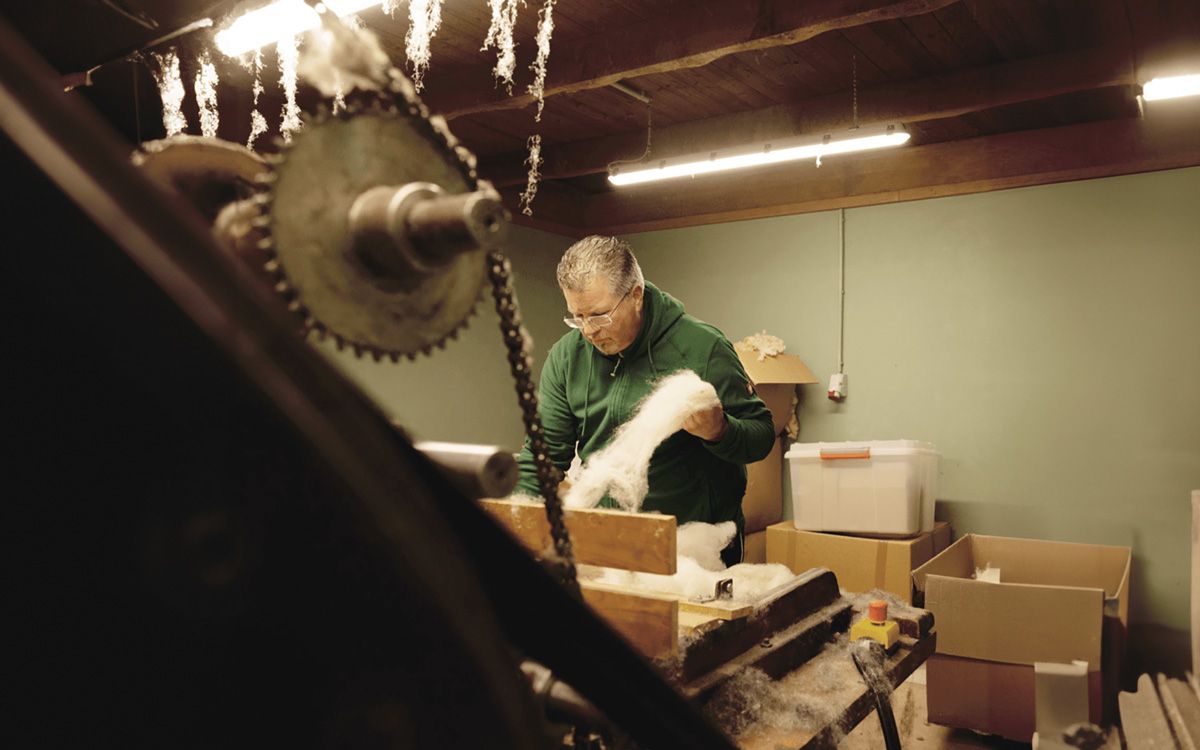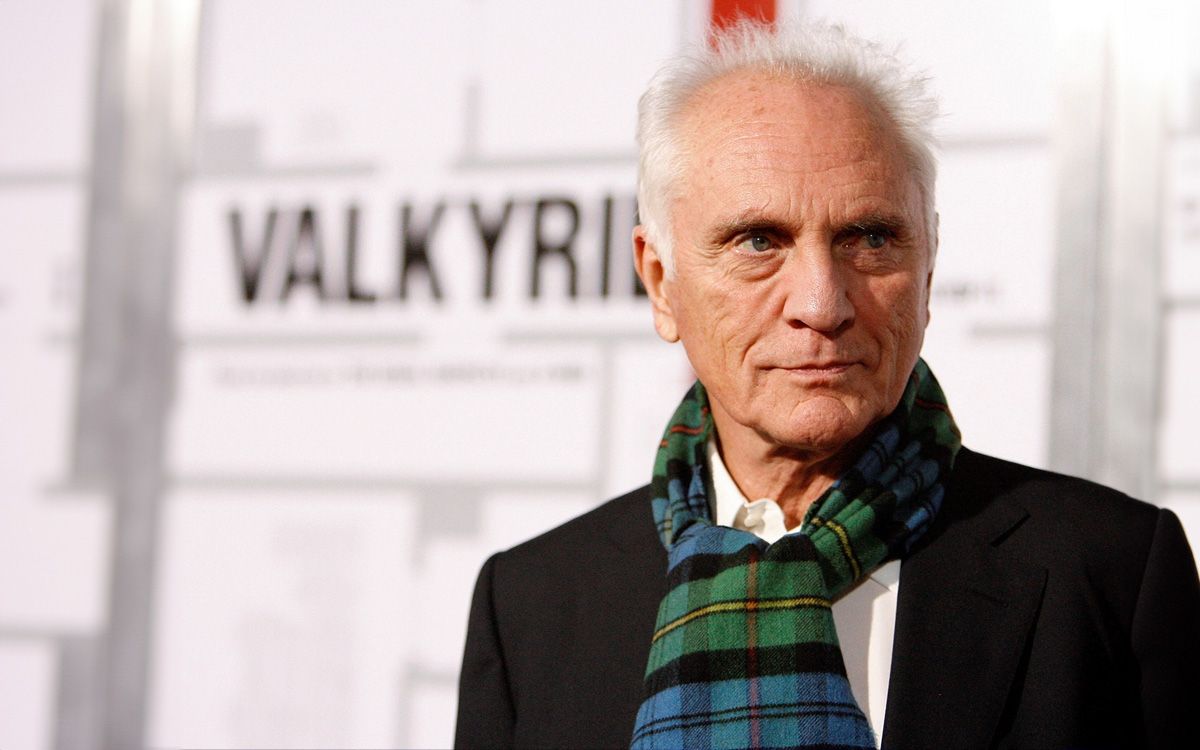Anglican's have deep fractures over homosexuality
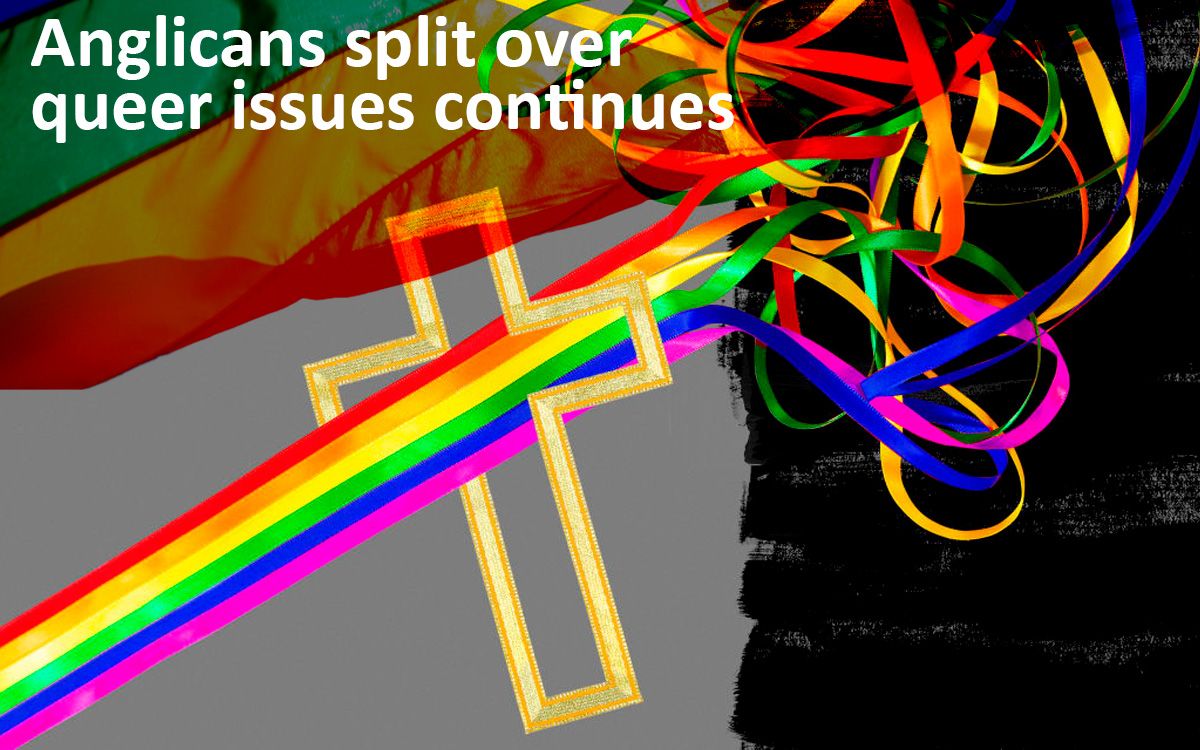
In recent years, churches in many Christian denominations have split over LGBTQ+ issues. In the past six months, hundreds of congregations voted to leave the United Methodist Church over same-sex marriage and whether LGBTQ+ people should be clergy.
The Church of England, the original and largest member of the Anglican Communion – the third-largest Christian denomination worldwide – held a General Synod in London in February 2024 that debated such issues. Bishops, priests and laypeople from every diocese of the Church of England voted down several amendments that opposed liturgical same-sex blessings, and they essentially agreed to disagree on the issues. Participants ended discussions early, concluding it was “too soon” to definitely resolve these issues.
With over 80 million believers in 160 countries, the Anglican Communion has been grappling with LGBTQ+ issues since the 1970s.
Congregations and church leadership disagree on whether homosexuality is contrary to Christian scripture; whether clergy can perform same-sex marriages; and whether openly and active LGBTQ+ people should be ordained to the priesthood and as bishops.
As a scholar specializing in history of the Christianity and gender studies, I can attest that the Anglican Communion’s lengthy, unresolved dialogue is not so unusual. It is a long-standing process for navigating disputes called the “via media,” or middle way, which has thus far succeeded in holding together people with contradictory beliefs.
Controversies in the Anglican Communion
For decades, diverging points of view over homosexuality and rumors of schism have both confused and polarised believers in the global Anglican Communion. Conservative bishops, many serving in Africa, Asia and Latin America, have repeatedly emphasized that engaging in same-sex relations is contrary to scripture.
This is part of a larger struggle within the Anglican Communion to renegotiate imbalances of power and authority left over from the colonial era of the British Empire. British Commonwealth and North American churches – such as the Church of England and the U.S.-based Episcopal Church – historically dominated discussions of Biblical interpretation, liturgy and church policy.
In the 21st century, these churches still have most of the money in the Anglican Communion, but congregational numbers are dwindling. At the same time, congregations in Africa, Asia and Latin America are growing. The Church of Nigeria is the second-largest and fastest-growing church in the Anglican Communion. Leaders of these churches expect a greater voice in the communion.
A majority of church leaders in Africa, Asia and Latin America believe that homosexual priests should not be consecrated as bishops and that same-sex marriages should not be celebrated. As Archbishop of Uganda Livingstone Mpalanyi-Nkoyoyo summed up in 1998 (a position reiterated by conservative leaders for over 25 years): “We are all quite clear that practicing homosexuality is wrong. That is the orthodox Anglican position.” Views like these carry great weight in the Anglican Communion, even today.
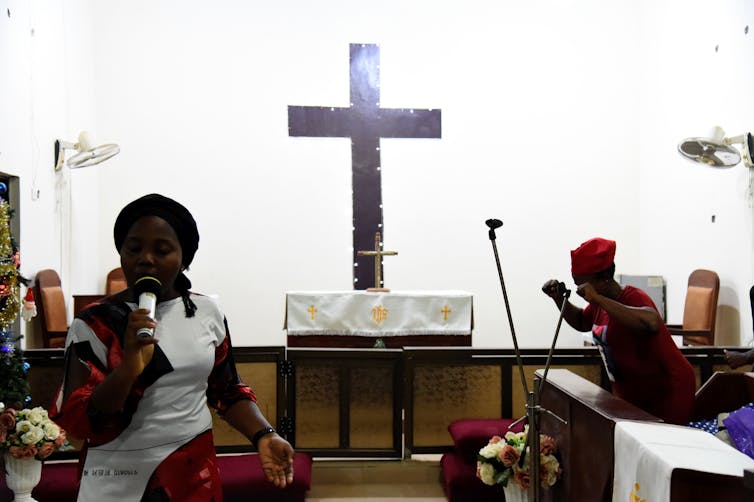
Furthermore, some bishops and believers in Europe, North America and Australia agree and have aligned themselves with conservatives in Africa, Asia and Latin America. But they remain within the Anglican Communion.
Meanwhile, some progressive bishops have argued that when properly interpreted, scripture allows for full inclusion of LGBTQ+ people in church leadership and rituals.
The Episcopal Church in the U.S. has ordained openly gay bishops – most controversially Gene Robinson, former Bishop of New Hampshire, in 2003. In 2015, the Episcopal Church and some Canadian dioceses approved the celebration of same-sex marriages.
In 2016, the primates – the most senior leaders of the Anglican Communion – voted to suspend the Episcopal Church from decision-making on Anglican governance and policy for three years.
The via media
Despite such heated conflicts, the Anglican Communion holds together through the via media. Via media was first mentioned by English reformers who broke from the Roman Catholic Church in the 16th century. King Henry VIII wanted his marriage to his queen, Catherine of Aragon, annulled, but Pope Clement VII, the queen’s nephew, refused.
Subsequently, England created its own national church. It is this Church of England that eventually spread globally with the British Empire to become the Anglican Communion.
Early church leaders were influenced by Aristotle’s encouragement of a Golden Mean, a middle path, between vice and virtue, avoiding extremes when making decisions about religious change. Leading reformers such as Thomas Cranmer, archbishop of Canterbury during the reigns of three English monarchs, saw themselves walking a via media between the ideas of Roman Catholicism and Protestant reformers such as Martin Luther and John Calvin.
For example, when considering the role of good works, reformers sought a middle path between what they saw as Catholicism’s overreliance on good works as the path to salvation and Protestant reformers’ insistence that good works in and of themselves did not produce salvation. They navigated a path between the two dominant faith traditions in the turbulent years of the Reformation in Europe.
In the 19th century, via media became a way of thinking about internal, rather than external, challenges, such as resolving debates over how to interpret scripture. A controversy over theological issues and the proper way to understand the meanings within scripture was threatening global Anglican unity midcentury, much as is occurring over homosexuality today. Most notably, John Colenso, bishop of Natal in South Africa, sparked dispute when he questioned theological issues such as whether receiving Holy Communion was necessary in order to be saved.
The first conference for such discussions was convened in 1867 at Lambeth Palace in London. There was to be no rule-making. Bishops were to discuss differences, share insights and reinforce community across divisions but without the authority to impose their views on any others. The Lambeth Conferences have been convened approximately every 10 years since, most recently in 2022.
The via media’s effectiveness was evident in 1998 when the conference passed Resolution I.10, which defined homosexuality as contrary to scripture but avoided a schism. The conference used shared ritual to reinforce bishops’ communal bonds and spiritual mission, such as joining in the intimate act of ritually washing one another’s feet. Bishops prioritized unity and agreed that their resolution would not be the end of the discussion. They called for the use of new knowledge to revisit and possibly reinterpret the church’s traditional understandings of scripture.
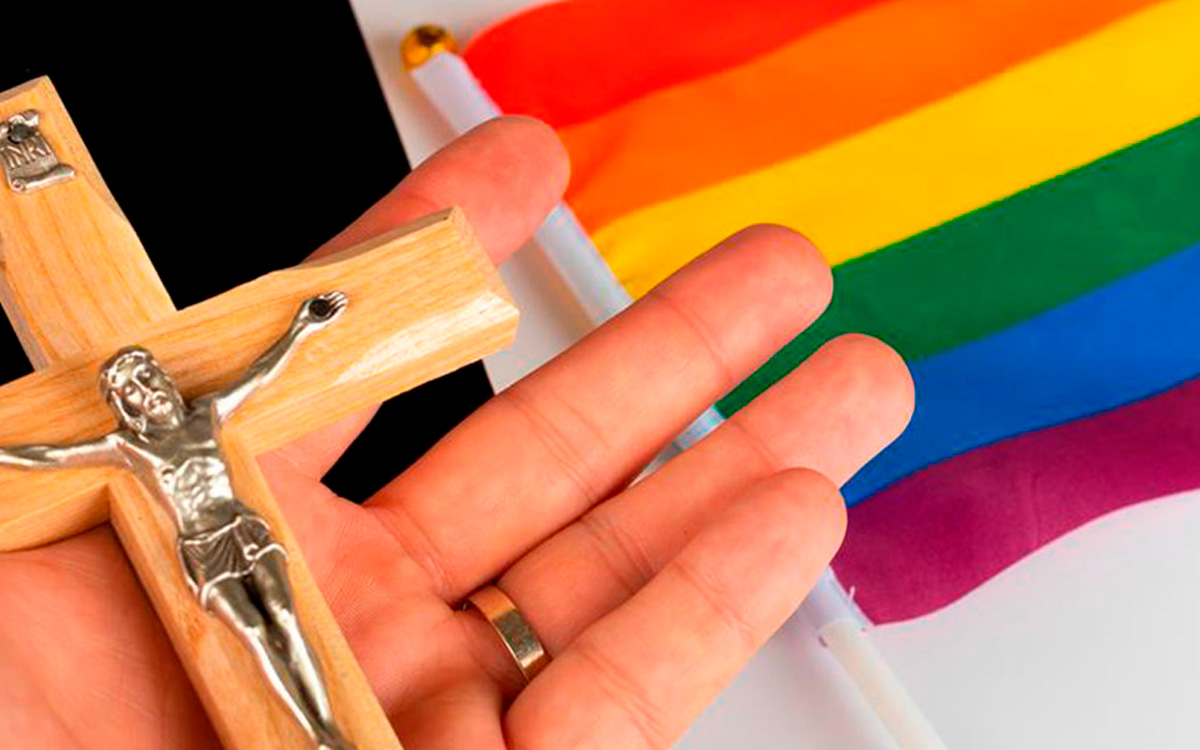
Holding together
It is this understanding of via media, I argue, that is holding the Anglican Communion together thus far. It does not refer to fence-sitting or finding a palatable middle ground or compromise position. Instead, it seeks to include people with deeply held but contrary beliefs within the same church through common worship and life.
The via media is not easy or comfortable, but members of the Anglican Communion appear committed to remaining at the table so far. The Church of England, for example, made plans for negotiations between people holding differing viewpoints before the Synod meets again in July 2024.
As the current Archbishop of Canterbury, Justin Welby, has noted: “Certainly I want reconciliation, but reconciliation doesn’t always mean agreement – in fact, it very seldom does. It means finding ways to disagree well.”![]()
Lisa McClain, Professor of History and Gender Studies, Boise State University. This article is republished from The Conversation under a Creative Commons license.


